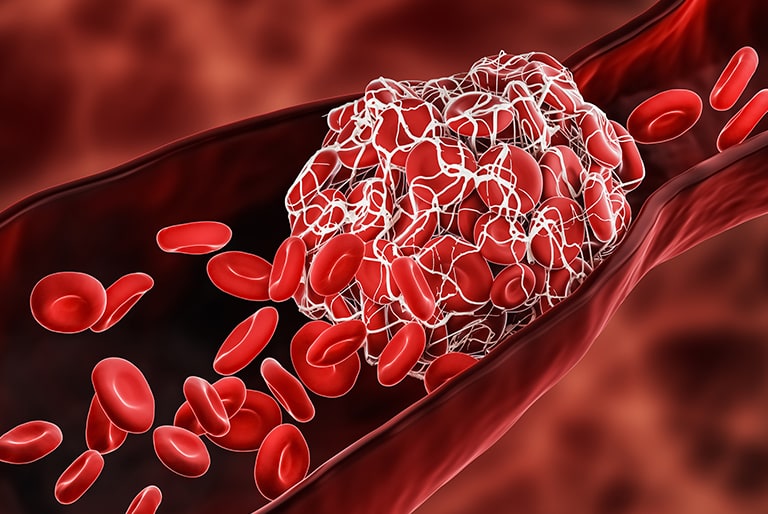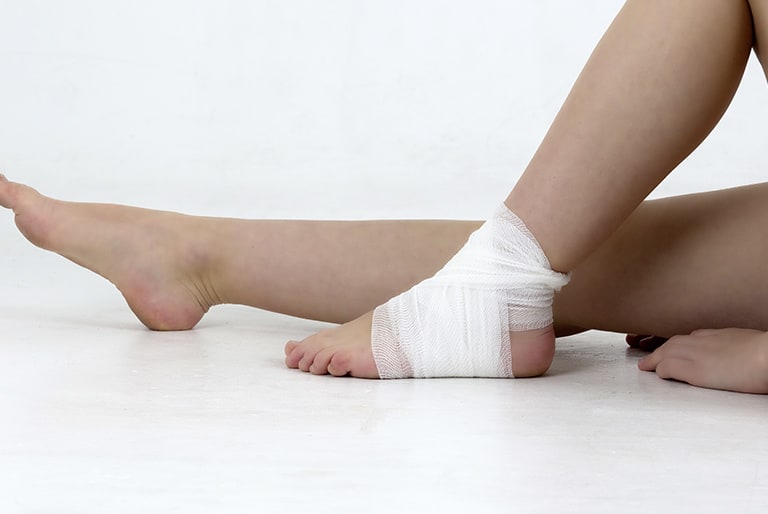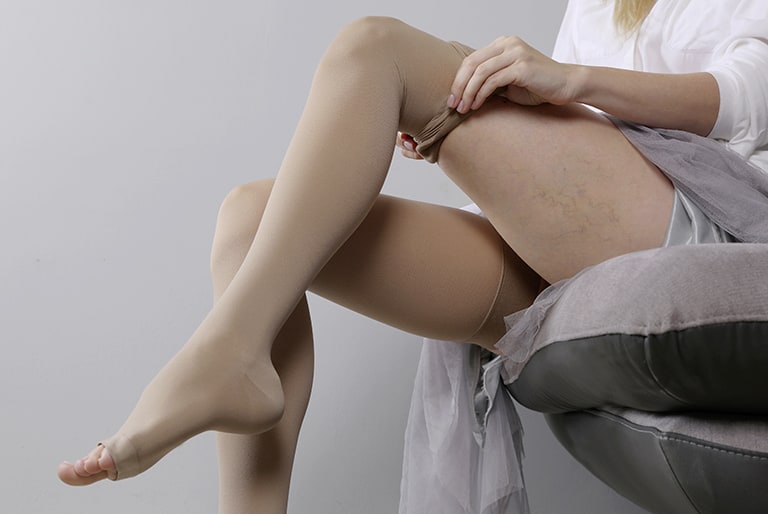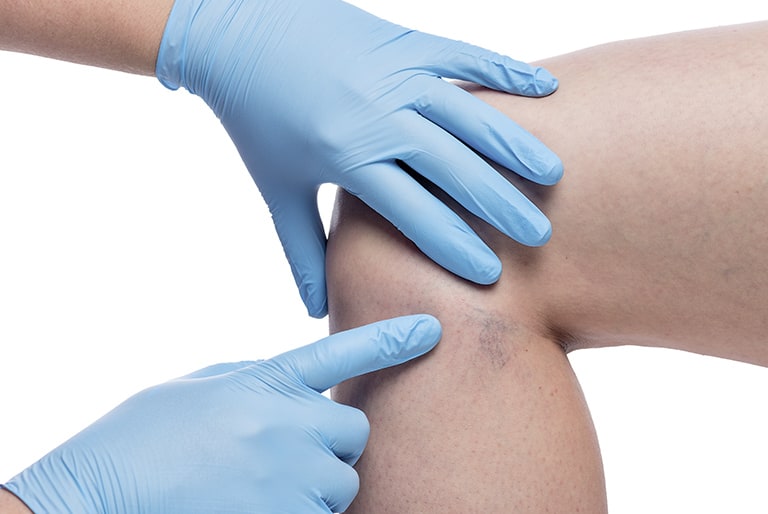Vein inflammation (phlebitis): formation and treatment
When your vein hurts and gets thick it could be the first signs of vein inflammation. It could develop as the consequence of varicose veins or as the result of an acute infection. Learn here why you should contact a doctor in either case.

What is vein inflammation?
From where do you get vein inflammation?
There are several causes of vein inflammation. In many cases, it is the result of an injury to the vein wall:
- Very often the cause is an intravenous catheter, a thin tube, which is fed into the vein during many treatments and operations.
- Inflammation can also be caused when donating blood, by the insertion in the vein.
- Even small injuries on the skin, e.g. from an insect sting, can lead to phlebitis, when bacteria or other germs get into the blood stream.
- Often an inflammation of a vein is a precursor to varicose veins. Varicose veins cause reduced blood flow from the veins up to the heart. That causes the vein walls to change, and blood clots can form more easily. Quite often with varicose veins the deep veins are affected and there is a risk of vein thrombosis!
- Inactivity, e.g. from being confined to bed after an operation, also increases the risk of vein inflammation due to a lack of circulation.
- Hormonal changes, e.g. during pregnancy, have an effect on the clotting ability of the blood and can thereby encourage inflammation.
- Smoking damages your health – and that also applies to your veins. This is because nicotine consumption damages your blood vessels.
- In rare cases, other diseases are the cause of vein inflammation.
How can I recognise vein inflammation?
In most cases, vein inflammation causes pain which comes when you press on the affected vein, but can also arise when the muscle is tensed. The following symptoms are also an indication:
- Your skin becomes red.
- Your skin feels warm to the touch.
- The inflamed vein hardens and is perceptibly palpable.
- A bacterial infection can also be accompanied by fever.
When an otherwise healthy vein becomes inflamed it normally heals within a few days, definitely within weeks. But if the inflammation appears as the result of varicose veins or thrombosis, it must be treated in order to prevent further complications. At the first signs of an inflamed vein, you should always consult a doctor so that he can pinpoint the inflammation and treat it accordingly.
What can I do against vein inflammation?
Your doctor should most definitely examine the vein inflammation and clarify if only the superficial veins are affected, or whether the infection has spread into the deeper veins. There are different methods which are suitable as a therapy.
- Inflammation inhibitors: if the superficial veins are affected, ointments and creams and/or tablets containing anti-inflammatory active ingredients are used. Often a treatment with medication is enough to alleviate the symptoms and to support the healing process.
- Compression: compression bandages and stockings also support vein functionality.
- Cooling: cold compresses are also found to be very soothing.
- Movement: the doctor decides if you should rather leave your leg up, or if movement is preferable, in order to stimulate circulation and vein functionality. Normally, bed rest is not really necessary.
- Painkillers: conventional painkillers help against severe pains.
- Antibiotics: a bacterial infection is usually treated with antibiotics.
Depending on the diagnosis, anticoagulant medicines such as Heparin are used in order to prevent vein thrombosis. A hospital stay is normally necessary to undergo treatment for inflammation of the deep veins.
How can I prevent vein inflammation?
Infection with germs can of course happen despite the utmost care having been taken. But you can still do something for your veins so that they stay healthy and functional:
- Nutrition and movement: a healthy lifestyle with a balanced diet and regular exercise is the best foundation for stimulating circulation and for keeping your veins active and elastic. In addition to that, drink at least two litres of water or tea daily to promote blood flow.
- Do not smoke: smoking damages vessels – that is why you should avoid cigarettes for the sake of your veins.
- Treating varicose veins: varicose veins should be examined by your doctor and possibly be removed, because the probability of the formation of a thrombus is increased by varicose veins, and with it also the risk of vein inflammation.
- Medicines: so-called oedema protective agents such as Veno SL® 300 improve blood circulation in your veins and support lymph transportation. Inflammation in healthy veins normally heals without complications after a short while.
You should preferably start in your younger years with prevention, so that your veins will also be stable and effective in old age.


